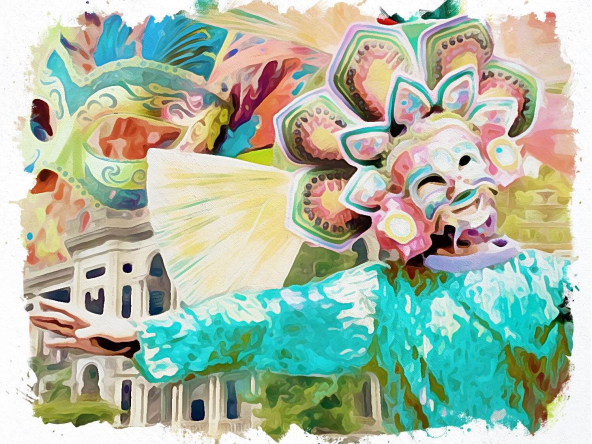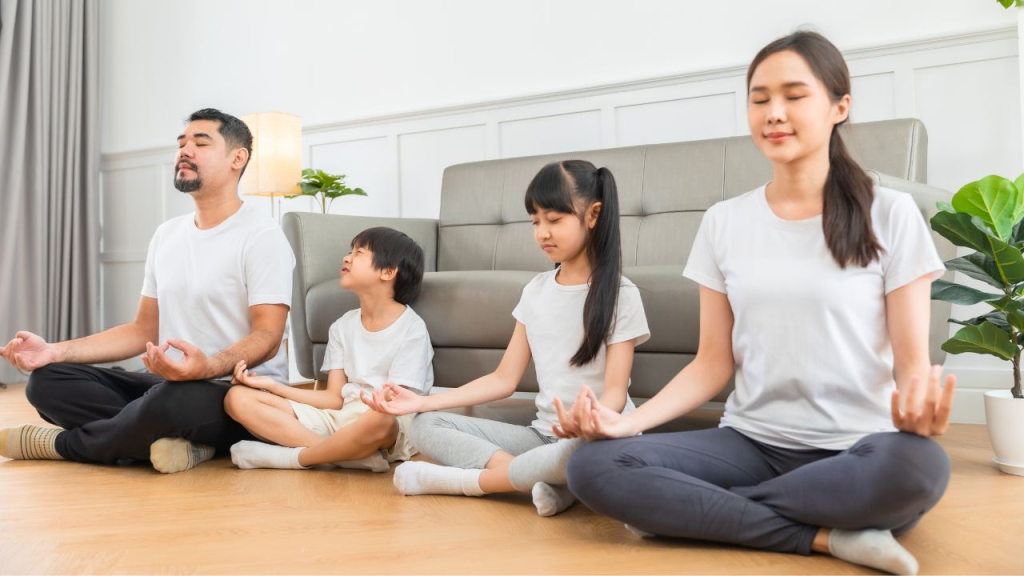
Mental health awareness has become a priority for the greater society in recent years, especially with the increasing recognition of anxiety disorders and emotional well-being challenges.
A recent study found that 15% of Filipino kids aged 5 to 10 are affected by mental health issues.
Based on these numbers, there’s a need for the whole family to pay extra attention to children’s mental health beyond just Mental Health Awareness Month.
Awareness should be the priority for parents. Each family member should assess any sudden change in kids that may indicate mental health challenges.
A child experiencing mental health distress or some form of mental illness could show signs of distress, withdrawal from friends, and pervasive negative feelings.
Crafting for Mental Wellness: How Creative Activities Improve Family Health
Take a moment to talk and connect with each child and offer them mental health support and guidance. An excellent way to do this is through play and creative activities focused on mental health, which can be fun and engaging for kids.
Engaging in these activities is an excellent way for you to address mental health concerns together while building stronger relationships and developing essential life skills.
Research has shown that creative mental health activities can significantly improve well-being and reduce stress, making it a valuable tool for parents and children alike.
The Benefits of Creative Mental Health Activities
Creative mental health activities can offer a variety of mental health benefits for family members of all ages.
From children to adults, crafting and other artistic hobbies provide therapeutic value that can positively impact the whole family’s mood, emotional and mental health, and even physical health.
Here are some key benefits of engaging not only kids but each family member in mental health activities:
1. Reducing Stress and Anxiety
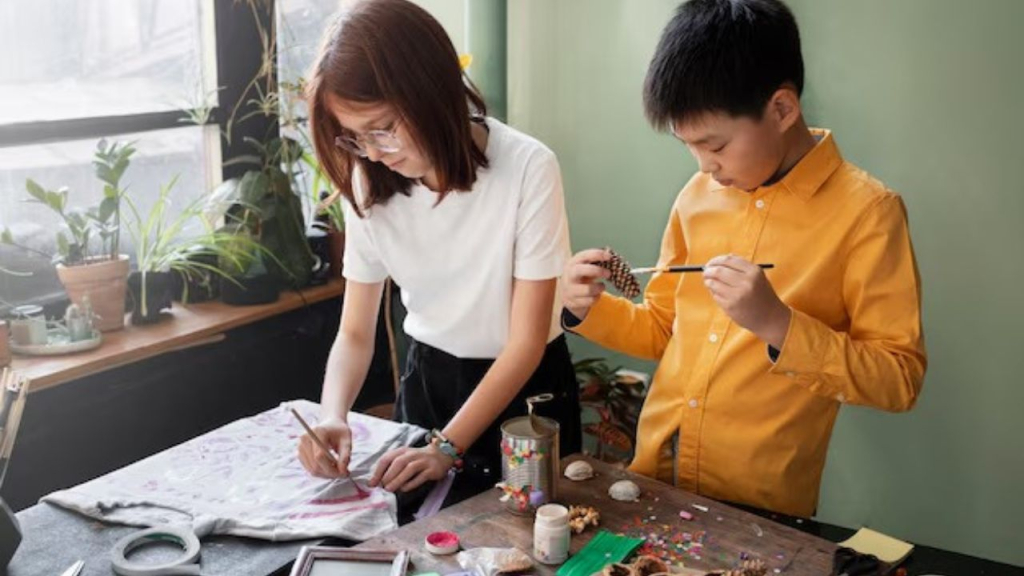
Fun and creative mental health pursuits such as drawing, painting, or crafting have a calming effect, which helps reduce stress and anxiety.
Managing Cortisol levels through arts and crafts engagement
Mental health studies have shown that engaging in arts and crafts can decrease cortisol levels (the stress hormone), inducing relaxation and better mental health awareness overall.
A fun and engaging project can act as a form of self-care that alleviates the pressures of everyday life.
By crafting together, parents and children can foster emotional awareness and reduce anxiety disorders while they connect and form stronger bonds.
2. Boosting Self-Esteem and Confidence
When children and adults complete a creative project, it provides feelings of accomplishment.
This process can be particularly beneficial for children’s mental health, as finishing a craft or art project builds self-esteem and confidence.
Creating something tangible as source of pride
The feeling of pride associated with creating something tangible enhances emotional and mental health and well-being as well as boosts one’s mood.
As children gain confidence through these activities, they learn to apply these coping skills to other aspects of life, such as social interactions and schoolwork.
This could help them make new friends and help them regulate their emotional wellbeing outside the home.
3. Encouraging Emotional Expression and Communication
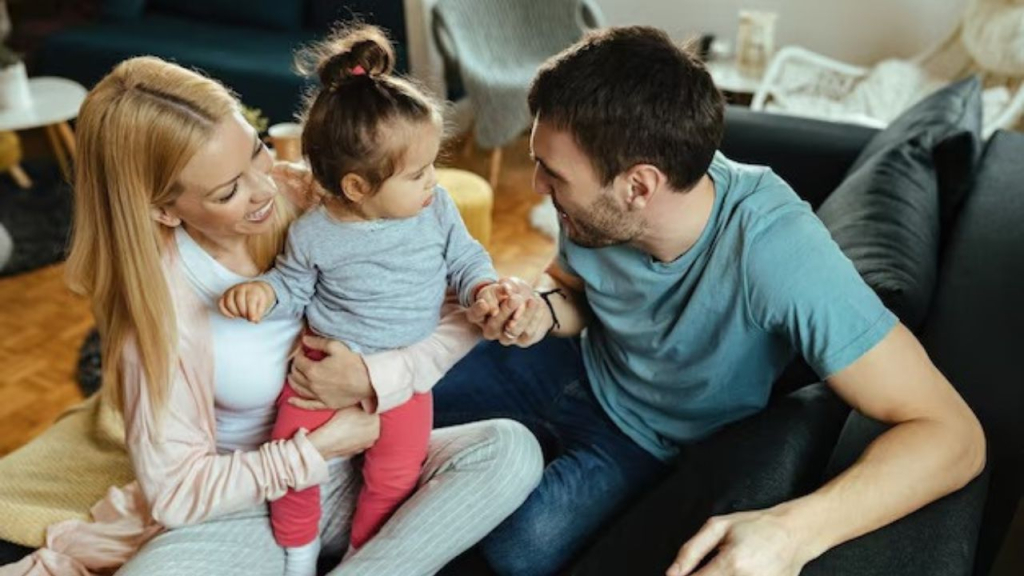
Engaging in creative exercises allows family members to express emotions that may be difficult to articulate with words.
Arts and crafts can serve as an outlet for expressing feelings, which is especially valuable for children who may not yet have the communication skills to describe their emotions.
Communicate better through arts
Mental health professionals recommend these activities as a way to practice mindfulness and develop emotional wellness.
Crafting can help teach kids how to manage their emotions and communicate better with their parents or siblings.
4. Enhancing Mindfulness and Present-Moment Awareness
Practicing mindfulness through creative pursuits enables you to stay present in the moment, fostering feelings of relaxation and focus.
Crafting, practicing yoga poses, drawing, or engaging in a similar creative exercise requires concentration, which can help reduce the impact of distractions such as screen time.
Being “truly and fully present” when spending time with loved ones
Through practicing mindfulness, you can help your kids be fully present when spending time with loved ones and friends. It allows them to strengthen their relationships a bit deeper.
Crafting is an opportunity to practice mindfulness exercises together, promoting mental well-being by staying connected to their feelings and experiences.
5. Strengthening Family Bonds and Social Skills
Working on a creative exercise as a family promotes a collaborative spirit and enhances social skills– bonus points for fun and play!
Through mental health activities, you can learn to share responsibilities, communicate effectively, and appreciate each other’s contributions.
Encouraging a deep sense of curiosity and imagination at a young age
Additionally, when parents model the importance of creativity and play, children are encouraged to develop a sense of curiosity and imagination from a young age.
These qualities contribute to stronger relationships and create an environment where kids feel supported and understood.
6. Aiding in Emotional Regulation and Coping Mechanisms

For children and adults dealing with mental illness, such as depression or anxiety, crafting can be an effective way to manage symptoms.
Creative activities often involve repetitive movements, which can be soothing and help regulate heightened feelings.
Offering “healthy distractions”
This practice of focusing on a task can also serve as a form of healthy distraction, allowing individuals to take a break from stressful thoughts and feel calm.
As a result, creative pursuits become a natural part of a daily routine that encourages well-being and strengthen children’s mental health.
Activities Families Can Try for Better Mental Health
Mental health activities don’t have to be rigid. They should be fun for kids and allow each family member to have the chance to be spending time with each other.
Incorporating creative exercises into your family’s lifestyle doesn’t have to be complicated.
Here are some fun and engaging mental health activities that can benefit family mental health:
1. Art Journaling

Art journaling is a great way to express feelings, thoughts, and experiences through a combination of writing, drawing, and collage.
It encourages self-expression and mental health openness while also allowing family members to reflect on their own experiences in a creative and non-judgmental way.
This activity is beneficial for children who may struggle with verbal communication, as it provides an alternative medium for expressing their feelings and emotions.
2. Nature Walks and Crafting with Natural Materials
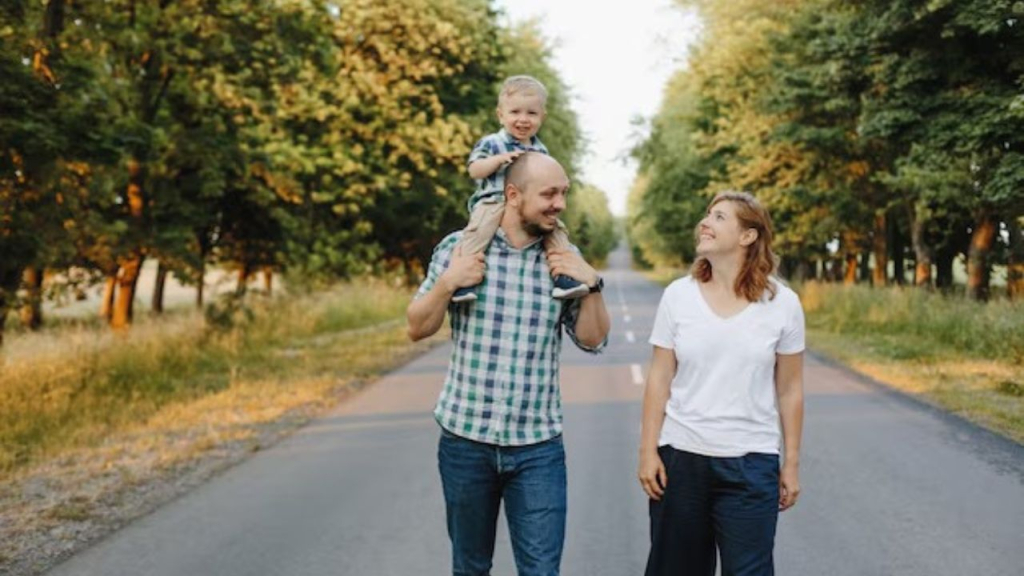
Combining physical activity with creativity, you can take a nature walk to gather leaves, stones, or twigs, which can then be used to create artwork or crafts at home.
Being in nature and getting fresh air is not only good for physical health but also enhances mental health. It reduces stress and boosts mood.
Nature crafts can also teach children about the importance of the environment and encourage them to be mindful of their surroundings.
3. DIY Stress Balls and Sensory Crafts
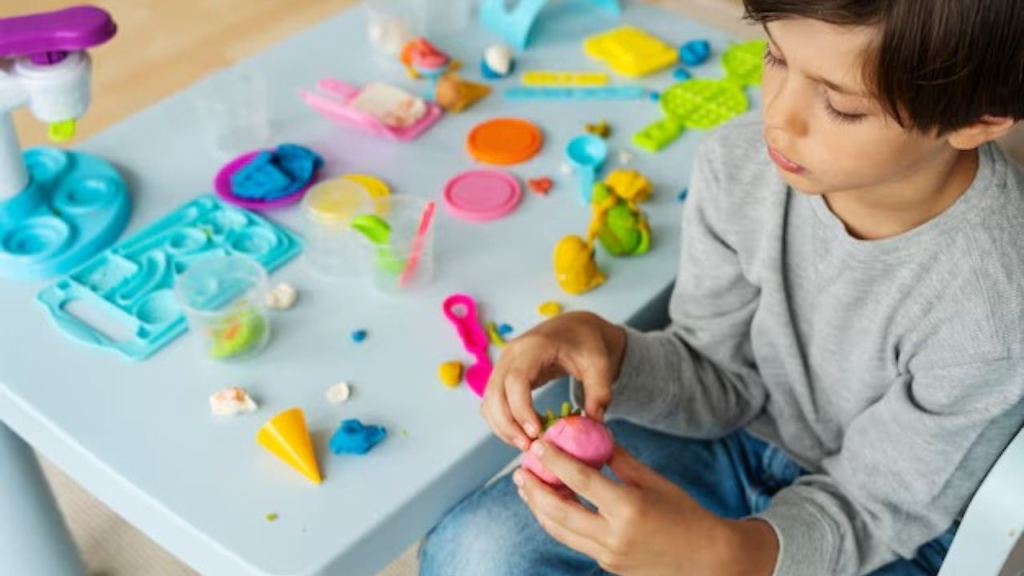
Making DIY stress balls is a fun activity that teaches children about stress management and regulation as part of self-care and mental health wellness.
Families can use simple household materials such as balloons and flour or rice to create a stress ball that can be squeezed during moments of anxiety and mental health distress.
Interacting with these tactile items reduces stress for a child who needs a tactile outlet for their energy and emotions.
4. Board Games and Interactive Craft Projects
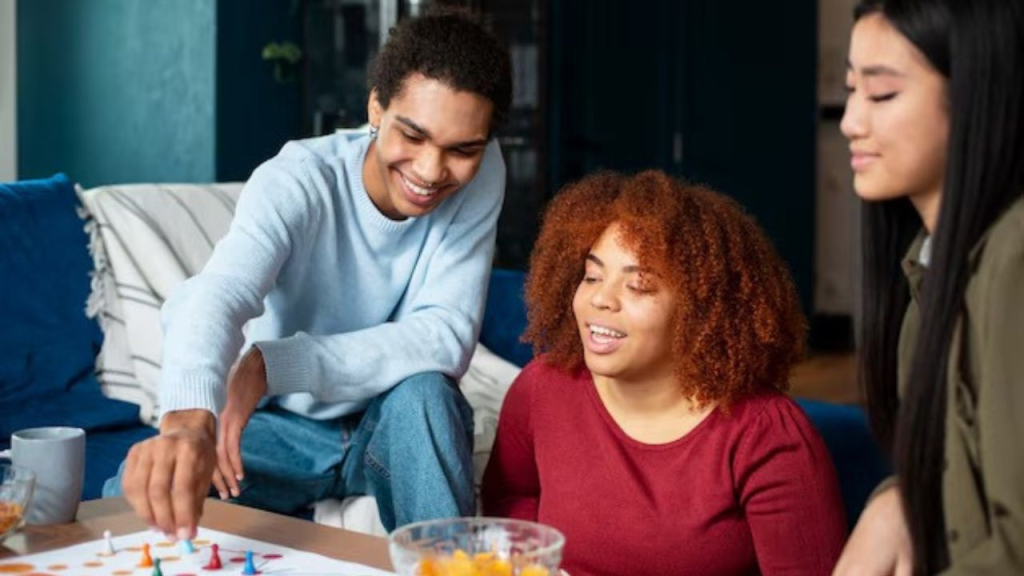
Incorporating elements of play into crafting, such as building a board game from scratch, can be a fun exercise that encourages creativity, strategic thinking, and communication skills.
You can work together with your kids to design board games, create rules, and craft game pieces. This collaborative process strengthens family relationships and teaches your child important communication skills.
Bonus Activity: Guided Meditation Focused on Mental Health
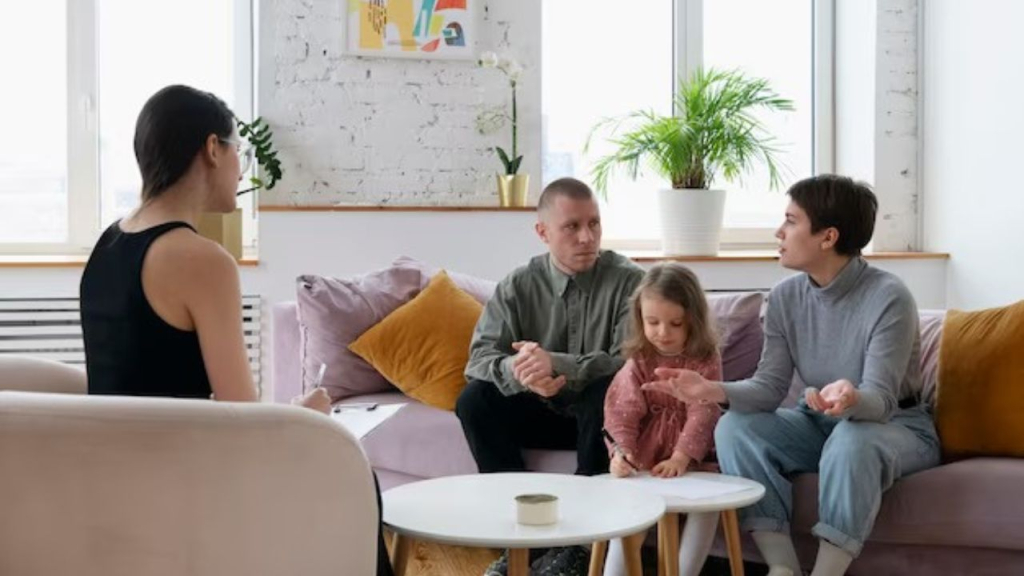
While it’s not a craft per se, guided mediation can be its own expressive art form.
Negative feelings and stress can be overwhelming for any adult, and it’s especially more so for a child. These feelings may cause a shift in their mood and demeanor.
You may either seek the help of a professional mental health care practitioner to help you practice mindfulness or you could also do it on your own.
Whichever route you decide on, it’s important to offer your support to your child who may be struggling with their mental health. In these sessions, talk them through the process and help them feel secure.
Mental Health Games and Exercises: A Family Activity
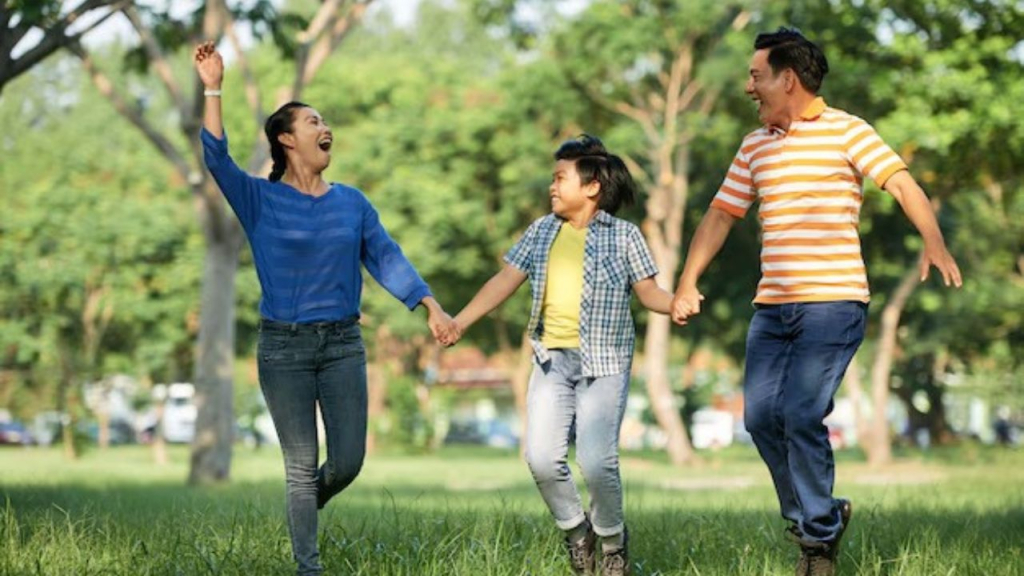
Beyond Mental Health Awareness Month, your family’s mental health should be a priority.
Creative activities for family mental health are more than just hobbies; they are essential tools for improving mental wellness and building stronger family relationships.
These activities not only reduce stress but also foster emotional regulation, boost self-esteem, improve self-care strategies, and encourage mindfulness.
By making creativity a regular part of your daily mental health routine, you can better support your family’s mental health and seek professional help and more resources if necessary.
As you engage in these mental health activities, cultivate a shared sense of fun, connection, and emotional awareness that benefits everyone.
If you’re concerned about the mental health of a child or family member, you can reach out to the DSWD crisis hotline for support and professional mental health care help.

Celebrate Life’s Milestones in Camella!
Make unforgettable memories in a Camella home.
Our communities are designed to elevate your living experience.

